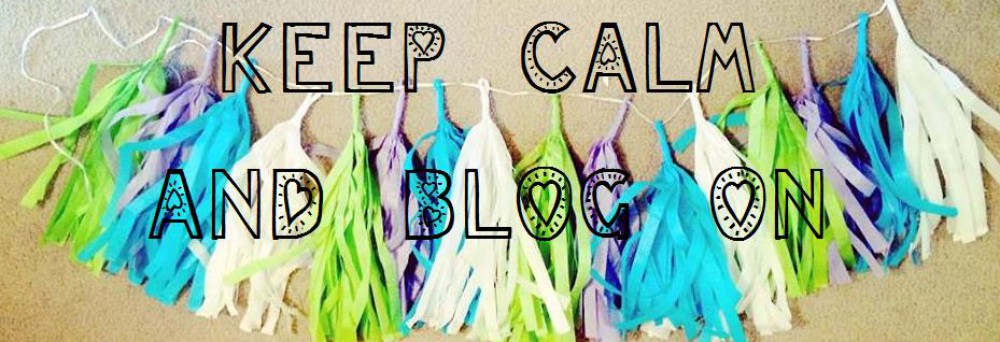President Obama declared a first ever White House Maker Faire this year. There he stated, “I am calling on people across the country to join us in creating creativity and encouraging inventions in their communities” (White House, 2014) (Halverson & Sherdian, 2014, p 1). The maker movement is fostering innovation, problem-solving, collaboration, and 21st century skills in children, adolescents, and adults. The maker culture is growing into education. Some educators might find this scary while some find it exciting, either way, it requires a shift in how we educate as well as understanding how and what students learn.
In The Maker Movement in Education Halverson and Sherdian break down the Maker Movement into three parts; makers, maker space, and making (2014). Dale Dougherty spoke in his Ted Talk about how everyone single one of us is a maker (2011). The makers in a classroom are both the educator and the students. The making is activities designed with learning goals in mind. These differ from classroom to classroom depending on the grade level, standards, students, etc. I believe the maker space is an area that educators struggle with creating. We have the president of the united states telling us to implement this movement, showing us activities and technologies we can use in our classroom but there is a lack in resources on how to turn our classrooms into a makerspace. Reflecting back on all that I have learned in the past 6 weeks I believe there a misconception when the term makerspace is heard. A makerspace doesn’t have to look like the inside of an engineering building. That isn’t possible in an elementary classroom. Below I created an infographic on how to turn a maker space into a classroom focusing on the feel, the guiding principles, and the role of the teacher.
If you are having trouble viewing the infographic or wish to enlarge, please click here.
I encourage you to check out the resources at the bottom on the infographic to learn about the maker movement in education and how you can turn your classroom into a maker space.
Infographic & Blog Post References:
Dougherty, Dale. Jan 2011. Ted Talk https://www.ted.com/talks/dale_dougherty_we_are_makers?language=en
Fryer, W. 2014 June 29. A volunteer from C3KC teaches Sarah to solder at MakerFaireKC 2014. Flickr Image https://www.flickr.com/photos/wfryer/14514587306/
Fryer, W. 2015 Jan 27. Sphero Maze Navigation. Flickr Image https://www.flickr.com/photos/wfryer/15765769304/
Kurti, S., Kurti,D. & Fleming, L. (2014). The Philosophy of Educational Makerspaces. TeacherLibrarian. Retrieved 10 Aug 2015 from http://www.teacherlibrarian.com/wp-content/uploads/2014/07/Kurti-article.pdf
Martinez, S. & Stager, G. 2015. What’s in a Maker Space? WeAreTeachers. Retrieved 10 Aug 2015 from http://www.weareteachers.com/blogs/post/2015/04/03/what-s-in-a-makerspace
Sheridan, K. & Halverson, E.R., Litts, B.K., Brahms, L, Jacobs-Priebe, L., & Owens, T. (2014) Learning in the making: A comparative case-study of three maker spaces. Harvard Educational Review, 84(4), 505-565./content/SS15/CEP/811/SS15-CEP-811-733-97EFZZ-EL-14-204/Sheridanetal_ComparativeCaseStudyofThreeMakerSpaces_2014.pdf
Sheridan, K. & Halverson, E.R. (2014). The maker movement in education. Harvard Educational Review, 84(4), 495-465./content/SS15/CEP/811/SS15-CEP-811-733-97EFZZ-EL-14-204/Halverson&Sheridan_MakerMovementinEducation_2014.pdf
West, S. (2013). ReMaking Education: Designing Classroom Makerspaces for Transformative Learning. Edutopia. Retrieved 10 Aug 2015 from http://www.edutopia.org/blog/classroom-makerspaces-transformative-learning-stephanie-west-puckett

